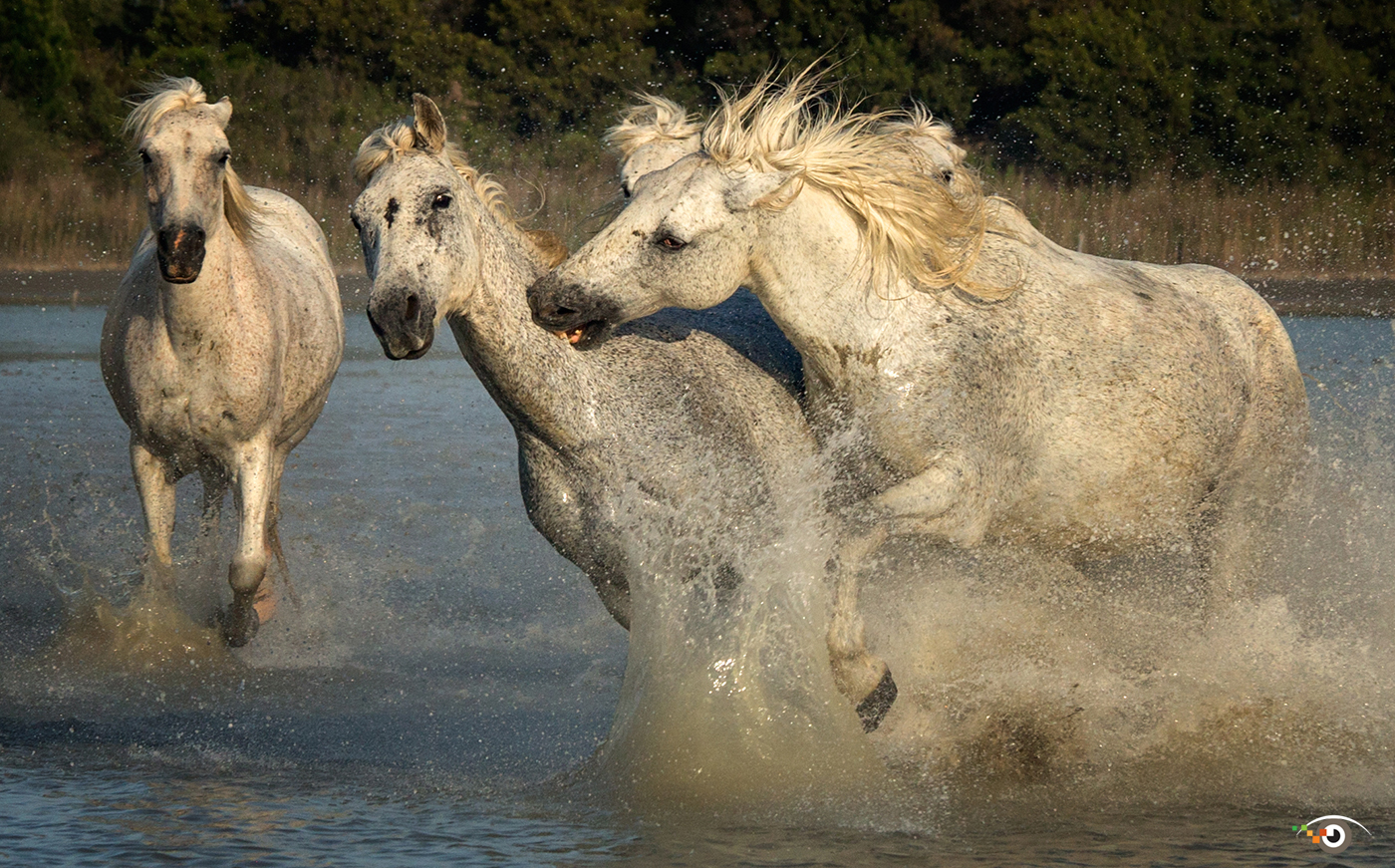Today is day three of Six Days of Africa Photo Safari Tips here on my blog.
I am running this series in preparation for my 2016 Botswana/South Africa digital photography workshop.
Check out my Beauty of Botswana gallery to see my favorite photographs from my two previous trips to this wildlife wonderland.
Also check out my on-line class: Capturing the Wild: Safari Photography. You can use my tips for making great pictures on a photo safari and at a wildlife park.
Today's tip: Strive for animal behavior shots.
Sure, portraits of wild animals are nice, and I'll share a few of my favorites tomorrow here on my blog. But behavior shots tell more of a story, such as the photograph above of a small herd of elephants on the Mara protecting their young.
For good behavior shots, you first need to be lucky, as I was when I took the opening photograph for this post in Botswana of a lion and lioness fighting. These are the same lions - relaxing after the fight!
But as lucky as you may be, being prepared to capture the behavior is a must - you must have a good understanding of light and composition, which I cover in my on-line classes.
And, of course, you must have the right lens. I recommend always having two cameras ready: one with a wide-angle zoom, say a 24-105mm, and one with a telephoto zoom, perhaps a 100-400mm lens. That's for starters. After that, you may want longer and shorter lenses in your camera bag. All my gear, including those lenses, is listed on My Gear page.
Planning can also help you get good behavior photographs. I planned one of my Kenya photo safari workshops so the group would be there for the annual migration of the zebra and wildebeest. Talk about getting good behavior shots!
When it comes to people pictures, portraits are nice, but behavior shots tell more of a story, such as the above photograph that I took of a Masai warrior in Kenya demonstrating his jumping skills.
Here's something else about behavior shots: they can make you smile, as I do when I look at this photograph of a mommy elephant and her baby.
I hope to see you in Botswana/South Africa.
If you can't make an Africa photo safari, I offer wildlife photo safaris at Fossil Rim Wildlife Center in Glen Rose, Texas. That's where I took the photo above. Shoot me an email for 2016 dates.
Explore the light,
Rick
What’s New?
My 36th book: Creative Visualization for Photographers.
My on-line learning center, where you can download my e-books, including, Get Motivated and Stay Inspired.






































